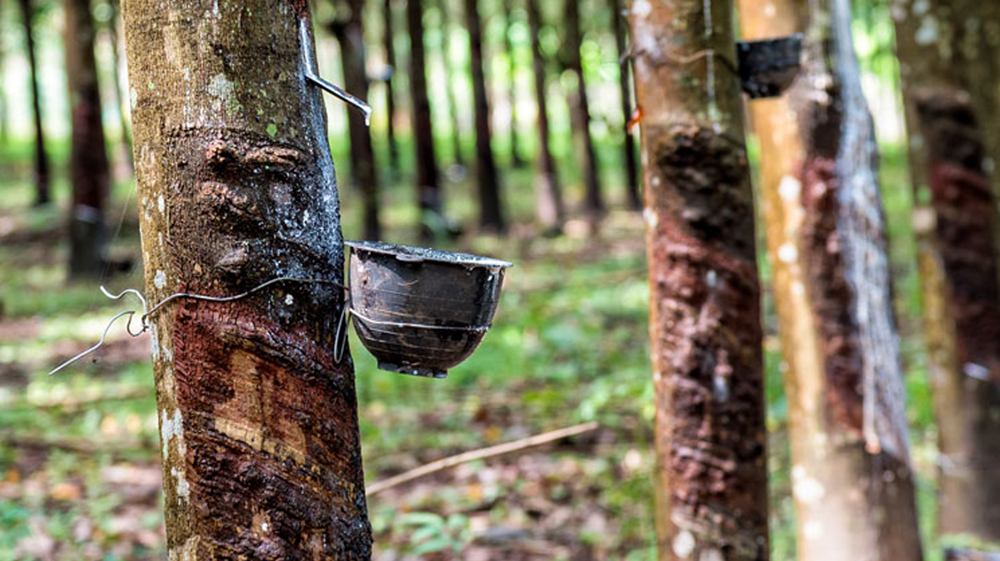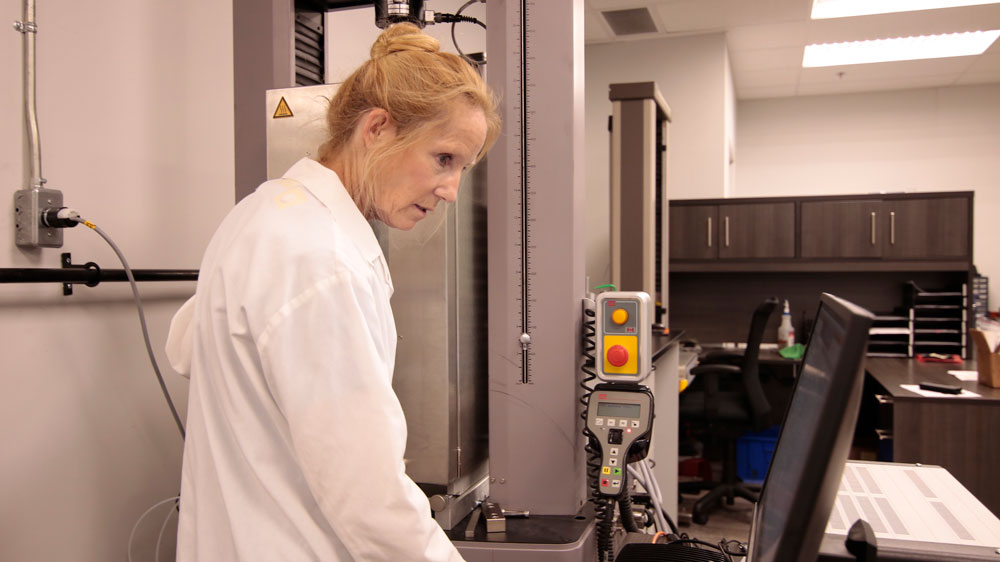Rubber is one of the most versatile materials for industrial uses. From commercial roofing to natural rubber car tires, the possibilities are endless. However, the many different types of rubber undergo various procedures to arrive at the end results. The primary differences lie in whether manufacturers are using natural or synthetic rubber for their industrial materials.
How Is Natural Rubber Made?
Natural rubber begins in nature. It begins at harvest when latex sap is cut or peeled back from the bark of rubber trees. This allows a white sap to flow from the tree and into cups, which are then used to fill large tanks.


One of the most common ways to process latex after this is to coagulate the substance by adding formic acid. This can take roughly 12 hours to complete. Rollers squeeze water out of the coagulants and create flat sheets of rubber, which are then dried on racks. In some cases, these materials are dried in smokehouses, but hot air can be used instead.
How Is Synthetic Rubber Made?
There are several different types of synthetic rubber, and each has a different purpose. Consequently, the manufacturing processes can vary greatly. The starting point they share in common is that they are created from chemicals and polymerization instead of natural resources. Some of the most common source materials include coal, oil, and other hydrocarbons.
Manufacturers then produce naphtha by refining these ingredients. Naphtha is then combined with natural gas to create monomers. Rubber is created by converting this to chains of polymers, which require steam and vulcanization.


How Is Rubber Processed?
Regardless of whether the rubber is natural or synthetic, the processing options are generally the same. Additional processing compounds the rubber so it can be used for a variety of industrial purposes. These are the four main steps.
1. Compounding (Formulating)
Adding chemicals to a rubber base creates rubber compounds. Chemicals can stabilize the polymers or reinforce the strength of the rubbers. Sometimes, compounding can also stretch the rubber, which reduces the final cost.
2. Mixing
Similar to compounding, this step includes additives that are mixed in with the rubber. To improve ingredient dispersion and avoid raising the temperature too high, professional mixers complete this in two steps. First they create a masterbatch that includes additives, such as carbon black. After cooling the rubber, they then add the chemicals necessary for vulcanization.
3. Shaping
Some of the common shaping techniques include coating, extrusion, casting, calendering, and molding. Depending on the final product, manufacturers could rely on several shaping techniques.
4. Vulcanization
Vulcanization is a chemical process in which the rubber, natural or synthetic, is heated with sulfur, accelerator, and activator. This process forms cross-links between long rubber molecules, which improves elasticity, resilience, tensile strength, viscosity, hardness, and weather resistance. This is the final step of the process. In the past, this took up to five hours. Due to modern-day advancements, vulcanization can be completed in 15 to 20 minutes.
At Airboss, we are the leaders in creating innovative rubber-based engineering products. Our products help companies around the world solve many of the challenges they face in the quest to power modern-day life.






